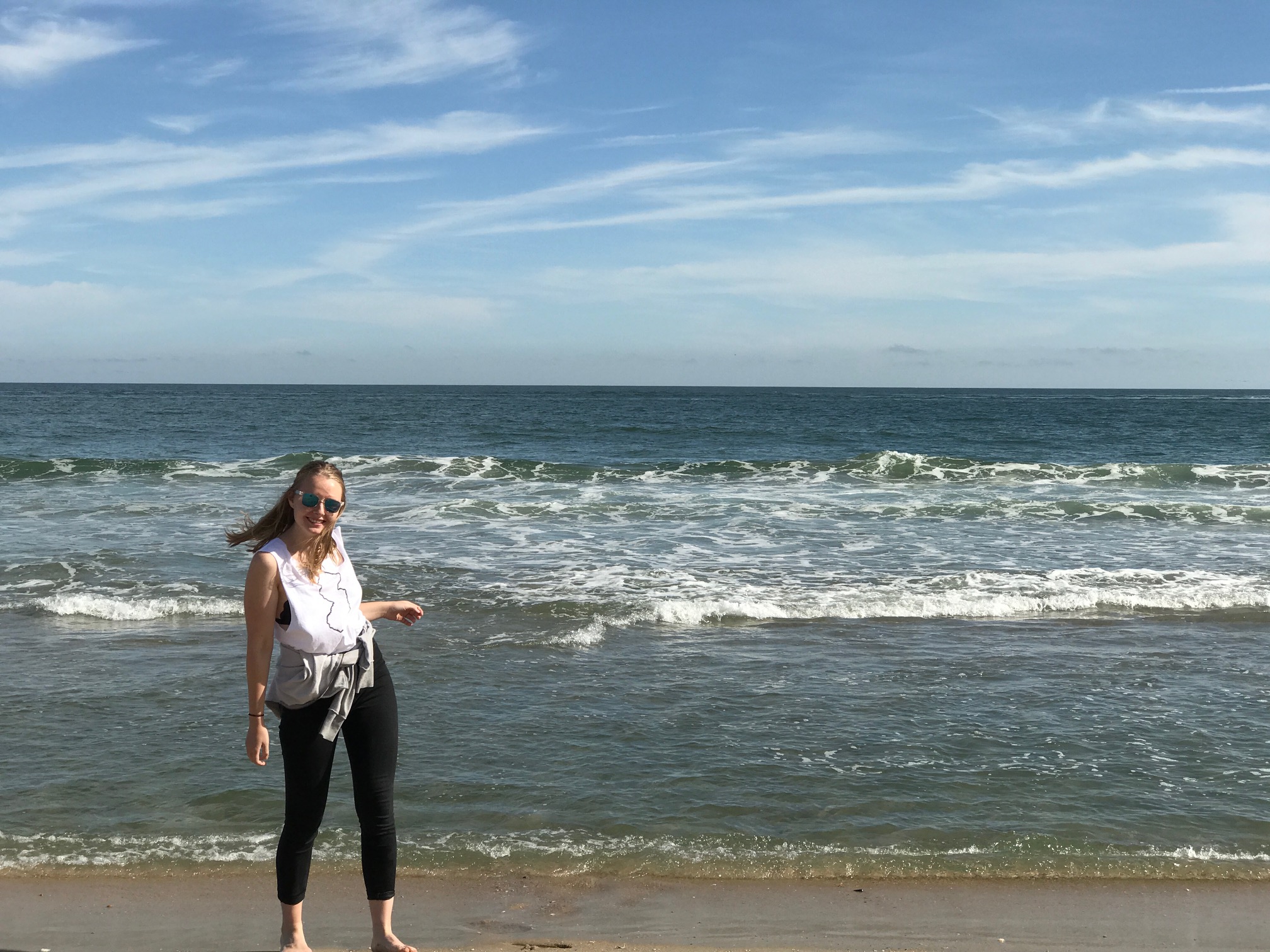Taking Action on Single-Use Plastics From New Jersey to California
There’s no West Coast/East Coast rivalry when it comes to tackling ocean plastic

A lot of people think my home state of New Jersey is … well, kind of trashy. From the hard partying featured on MTV’s “Jersey Shore,” to our collective affinity for diner food, to the assumption that everyone is a character from “The Sopranos,” New Jersey doesn’t have the best reputation—I’ve heard it called “the armpit of America” more times than I can count.
Hurtful nicknames aside, I love the state and have always sought to defend it from the naysayers. Diner food is delicious, “The Sopranos” remains one of the best shows to ever grace television screens and the actual Jersey Shore is beautiful and diverse, featuring everything from bustling boardwalks to sleepy inlets.
If you need one more reason not to call us trashy, here it is: New Jersey just passed the nation’s most sweeping single-use plastics ban. As reported in NorthJersey.com (the superior part of New Jersey, in my opinion), the bill, which will go into effect 18 months after it is signed into law, bans plastic bags, paper bags at supermarkets more than 2,500 square feet, polystyrene (foam) clamshell food containers and other plastic products like plates, cups, food trays and utensils. It will also make plastic straws available upon request only.

While we are pleased that our neighbor/frenemy, New York, will start enforcing its own plastic bag ban later this month, I will point out that New Jersey’s ban is stronger. And while this change may take some getting used to when visiting your local ShopRite or Wawa, The Newark Star Ledger’s editorial board has it right: the cosmetic, health, and of course, environmental benefits to banning these superfluous single-use plastic items are well worth the small disruption. Considering that New Jersey boasts roughly 130 miles of ocean coastline, this is a huge win in the fight against ocean plastic pollution.
At the 2019 International Coastal Cleanup, volunteers in New Jersey collected more than 232,000 items from beaches and waterways across the state. Totaling 8,913 pounds (roughly the weight of 52 Bruce Springsteens), most of these items were made of plastic, with food containers and plastic bags making the list of top ten most commonly found items. I’ve seen the scourge of plastic on Jersey’s shores first hand: on a recent trip to Asbury Park, I collected dozens upon dozens of mini plastic wine bottles and food wrappers. While we know that trash travels, and that ocean plastic pollution is a global problem, local solutions like these will go a long way.

New Jersey is not alone in its efforts to curb ocean plastic. On the West Coast, California is also taking action on a state level. Recently, Governor Gavin Newsom signed the nation’s first mandatory recycled content bill. The law will require all plastic beverage manufacturers in the state to ensure that their products are made from at least 15% recycled content by 2022, and reach 50% by 2030. This surpasses even the European Union’s stringent mandatory recycled content standards.
This is big news, in part, because of California’s huge population and market share. Plastic bottles are among the most commonly found items at the International Coastal Cleanup each year, and in California, more than 21,000 plastic bottles were collected off of the state’s beaches and waterways. To boot, Ocean Conservancy research shows that recycled content standards are one of the most effective ways of reducing our plastics footprint and keeping plastics out of our ocean.
While there might be some debate about whether the West Coast or East Coast is better (and I know where I stand on that), we can all agree that state action on unnecessary single-use plastics, wherever you may be, is critical. Here’s to hoping that Governor Mike DeWine of Ohio hears our call on that.